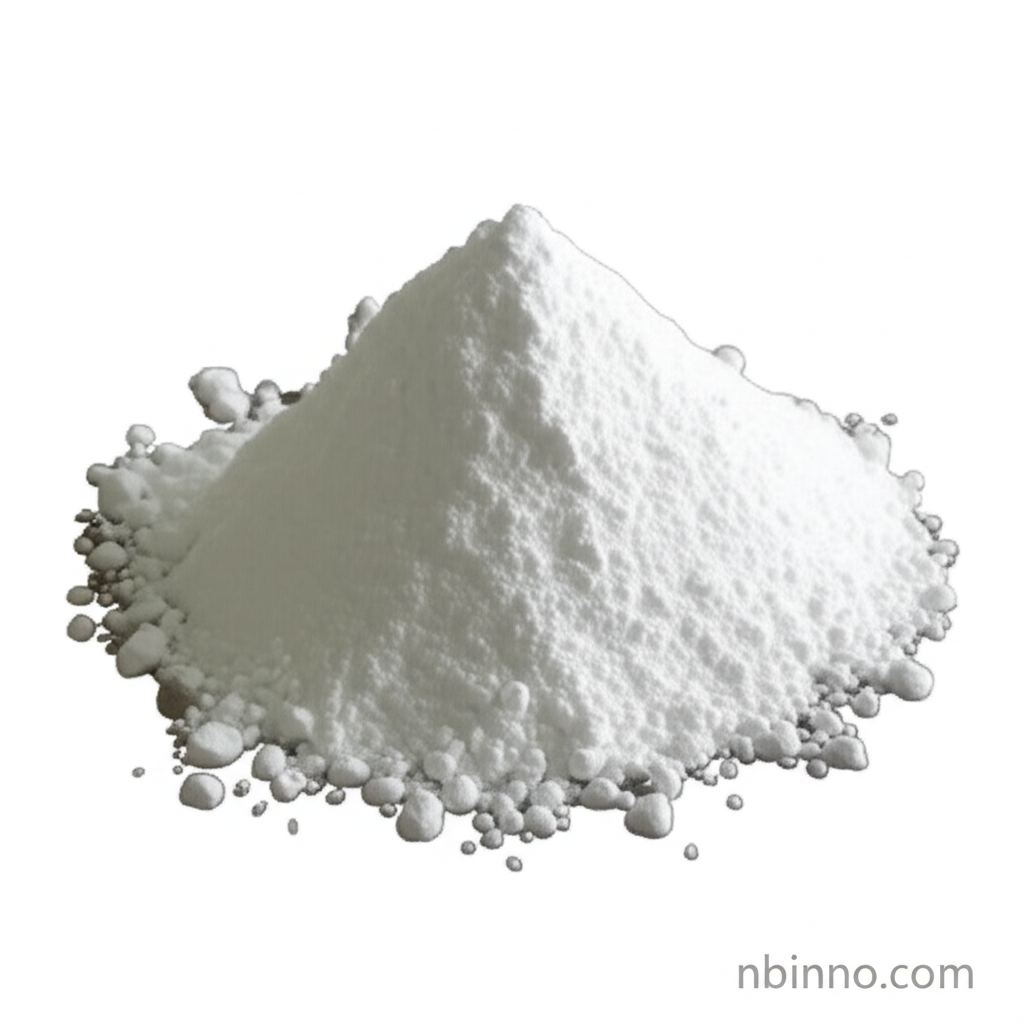2,3-Dimethyl-2,3-diphenylbutane: Eco-Friendly Synergist for Enhanced Polymer Flame Retardancy
Discover the advantages of 2,3-Dimethyl-2,3-diphenylbutane (CAS 1889-67-4), a superior and environmentally conscious chemical solution for improving flame retardancy in polymers. As a leading manufacturer and supplier, we offer this high-performance additive to meet your stringent production needs.
Get a Quote & SampleUnlocking Superior Polymer Performance with a Trusted Chemical Supplier

2,3-Dimethyl-2,3-diphenylbutane (Dicumene)
As a premier manufacturer and supplier of specialty chemicals in China, we provide 2,3-Dimethyl-2,3-diphenylbutane (CAS 1889-67-4), also known as Dicumene. This compound is an eco-friendly replacement for traditional flame retardants like Antimony Tri-oxide and serves as a critical flame retardant synergist for polymers such as polystyrene and polypropylene, especially expandable polystyrene (EPS). Partner with us to buy high-quality chemical intermediates that enhance product safety and performance.
- High Thermal Stability: Our 2,3-Dimethyl-2,3-diphenylbutane exhibits excellent thermal stability, ensuring effectiveness during high-temperature polymer processing, making it an ideal choice for demanding applications.
- Eco-Friendly Alternative: As an environmentally friendly chemical, it reduces reliance on hazardous substances, aligning with sustainable manufacturing practices. Learn how to purchase this safer additive.
- Initiator and Grafting Agent: Beyond flame retardancy, it functions as a non-peroxide, high-energy plastic initiator and a grafting agent, crucial for polymer modification and cross-linking reactions.
- Synergistic Flame Retardancy: When used with brominated flame retardants, it significantly reduces the required amount of these additives, offering cost-effectiveness and improved polymer properties.
Key Advantages of Our Flame Retardant Synergist
Enhanced Fire Safety
Leverage the powerful synergistic effect of 2,3-Dimethyl-2,3-diphenylbutane to dramatically improve the flame retardancy of polystyrene and polypropylene. This is crucial for applications in electronics, construction, and automotive sectors where fire safety is paramount. Trust our product as your reliable flame retardant supplier.
Process Efficiency
With its high thermal stability, this chemical intermediate ensures consistent performance throughout polymerisation and extrusion processes. Its use as an initiator or grafting agent facilitates complex polymer modifications efficiently, helping you buy with confidence.
Sustainability and Compliance
As an environmentally friendly chemical, it offers a greener alternative to traditional, more toxic flame retardants. This helps manufacturers meet stringent environmental regulations and market demands for sustainable materials. Source your chemical needs from a responsible manufacturer.
Versatile Applications in Polymer Manufacturing
Flame Retardant Polystyrene
Enhance the fire resistance of polystyrene, especially expandable polystyrene (EPS), by using 2,3-Dimethyl-2,3-diphenylbutane as a synergist. This ensures compliance and safety in packaging, insulation, and consumer goods.
Polypropylene Enhancement
Improve the flame retardant properties of polypropylene used in automotive parts, textiles, and household appliances. Our chemical intermediate is a key component for robust formulations.
Polymer Crosslinking
Utilize its capacity as a high-energy plastic initiator for polymer crosslinking reactions, thereby improving the mechanical strength and thermal resistance of various polymer matrices.
Grafting Agent for Polymers
Modify polymer surfaces and bulk properties by employing 2,3-Dimethyl-2,3-diphenylbutane as a grafting agent. This process can introduce new functionalities and enhance material performance for specialized applications.
